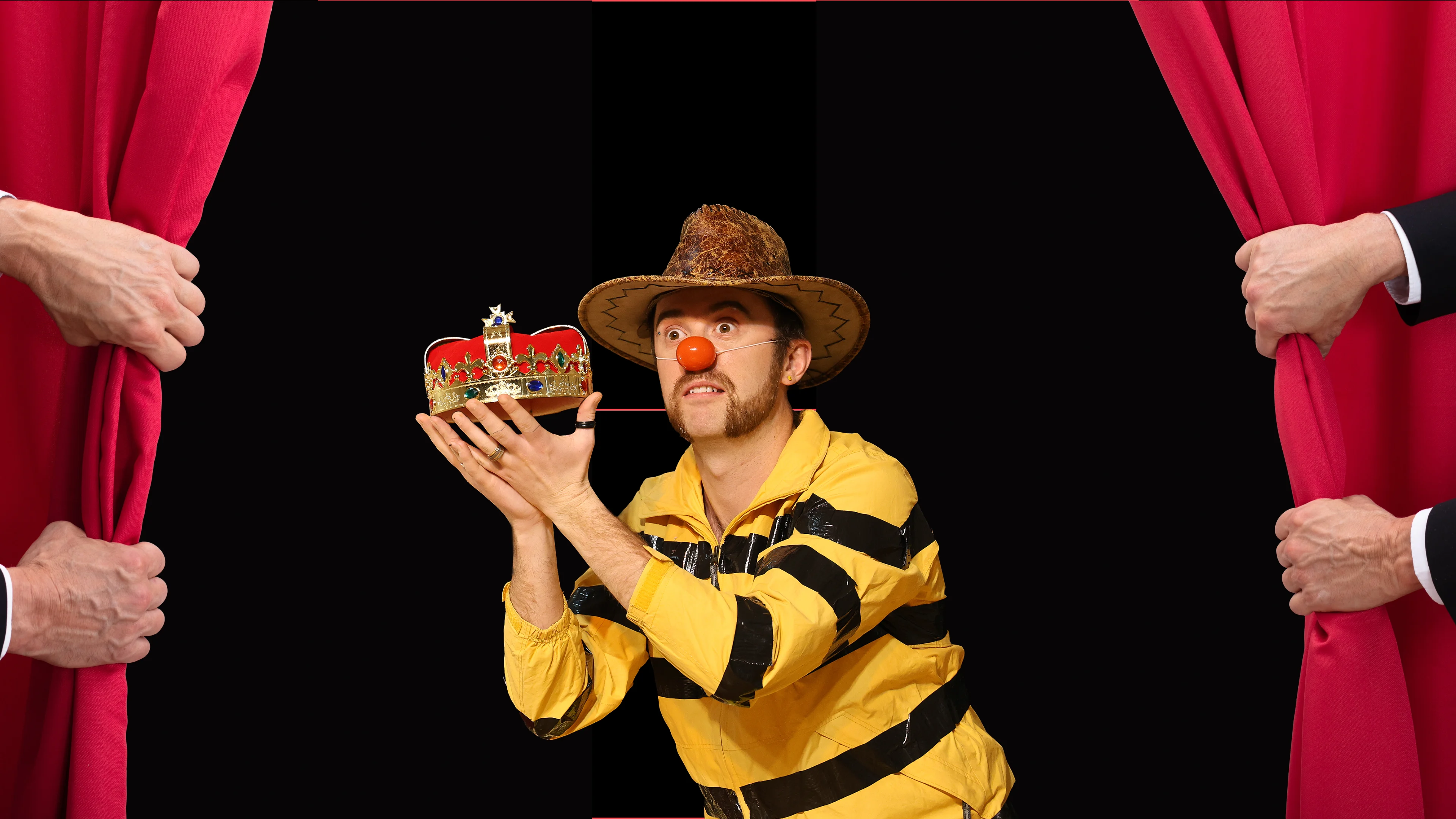
Taster Class In Clown Comedy
Theatre Deli, London
Learn More

Repetition is doing the same thing again — and again — and again.
Not escalating. Not changing.
Just… doing the same thing.
And in clown comedy especially, that’s not lazy. That’s magic.
There’s a common trap - especially for improvisers and clever clowns — of thinking you need to escalate, surprise, or switch it up to keep it interesting. But if the audience loved the thing?
What they want is the same thing again.
Doing something new too soon is the real cop-out. It often comes from panic, not play. From needing to prove you’re funny, rather than listening to what the audience already loves.
Because repetition isn’t boring.
It’s precision tuning.
It’s milking the moment.
It’s how we discover what’s actually funny - and hold onto it for dear life.
A way to hold the funny thing instead of rushing past it
A tool for discovering what exactly the audience is laughing at. See Audience sensitivity
A rhythm game, where the clown teases, delays, and surprises within the familiar
A method of building trust with the audience by showing you know what’s funny
It lets you test and understand the exact ingredients of the laugh:
Was it the pause? The look? The rhythm? The face? The silence?
Every repetition reveals something new.
It gives the audience what they want.
We’re simple creatures. When something’s funny, we want to see it again - not a clever new twist, not a different idea - the same thing, just once more.
It builds tension.
Repeating the same moment over and over lets you play with expectation. Change the timing, fake them out, pause longer, deliver it too fast - it’s all gold.
When something lands - milk it.
Try to repeat it exactly and watch how the audience reacts.
When you’re improvising or testing new material - repetition reveals the detail.
You learn what this audience loves, and you can double down on it.
When the audience is enjoying the rhythm as much as the content - lean into that rhythm and explore variations inside the pattern.
This is the beautiful danger of repetition.
If it was funny, and now isn’t, it may become funny again — just from the sheer absurdity of continuing.
(This can be brilliant — but also risky.)
If it was never funny, don’t cling to it. Drop it. Try something new.
If it dipped and you moved on, consider bringing it back later as a callback - that return often gets a huge laugh. See Resting the Game
When the audience is ahead of you, and not in a good way
When it’s becoming boring and you’re no longer curious
When you’ve milked it fully and you can feel the room asking, “what’s next?”
But don’t mistake your own boredom for theirs - you’re closer to the material than they are. Repetition often lasts longer than your instinct tells you.
